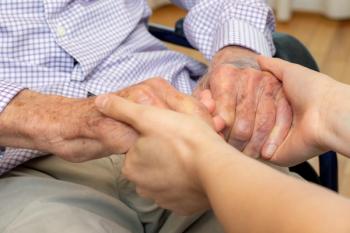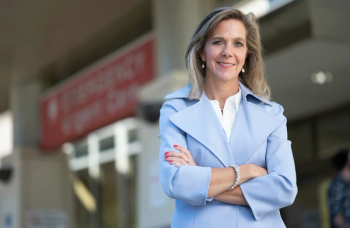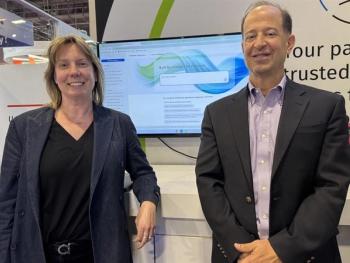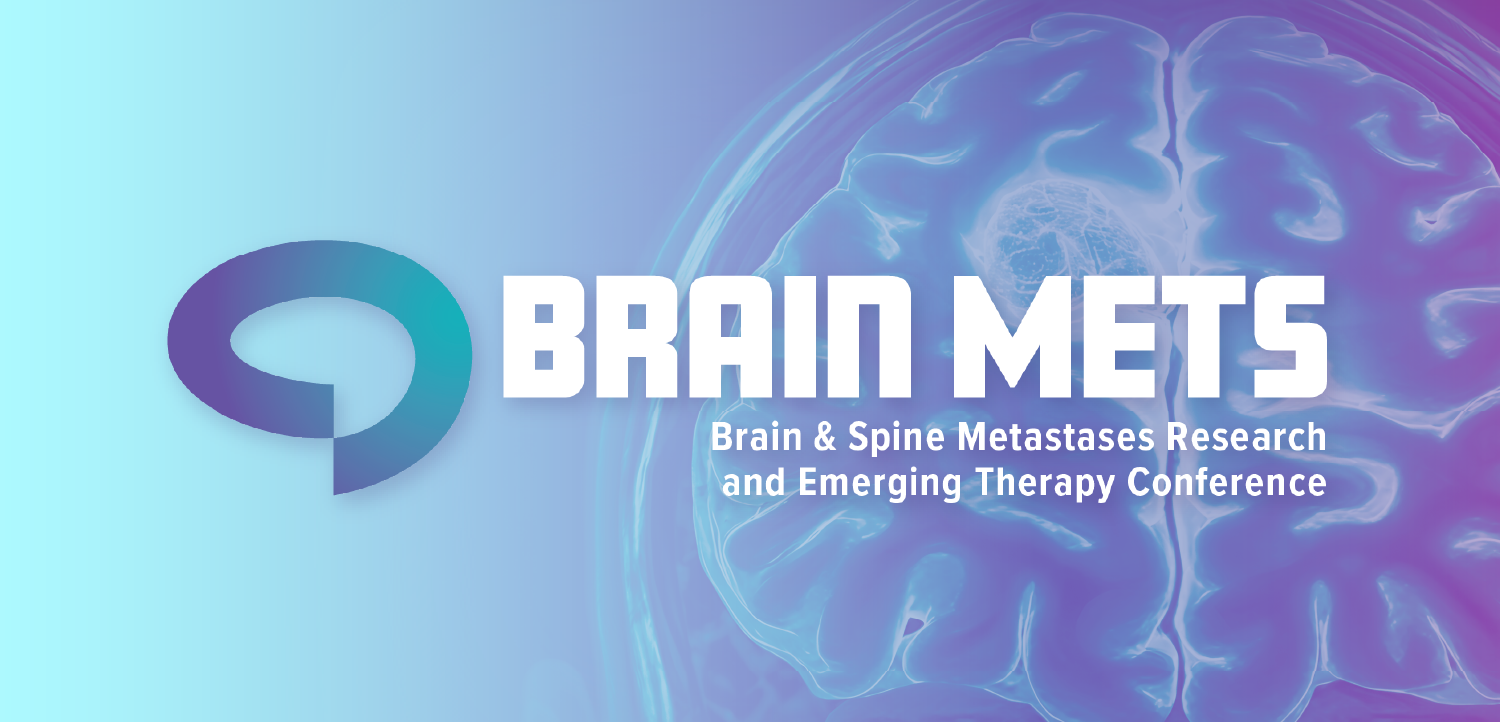
Nurses are making a ‘desperate cry’ to fix their work environment
Staffing challenges, high workloads and violence are driving nurses away from hospitals. Vicki Good of the American Association of Critical-Care Nurses talks about the pressures on nurses.
Nurses are very focused on creating a better work environment, or going to an organization that has one.
In recent years, nurses working in hospitals have said
Vicki Good, chief clinical officer of the American Association of Critical-Care Nurses, says it’s easy to see the frustration many nurses have with their workplace. The association has developed a host of programs aimed at improving the work environment, and the response has been overwhelming, with the number of applicants far exceeding available spots.
“I think there's a desperate cry out there from not only frontline nurses, but the nurse leaders,” Good tells Chief Healthcare Executive®.
Nurses and nurse leaders are looking for help with “the trauma that the work environment is causing,” she says.
Good says improving the work environment is the AACN’s biggest focus, and it needs to be a top priority of hospitals.
“No matter what's going on around you, if you can address the work environment that people are working in, you're going to be ahead of the game,” she says. “Because at the end of the day, if I'm happy when I go into my work environment and I'm going into one that's healthy, I'm going to have better satisfaction. I'm going to have better perception of care. I'm going to have a better perception of staffing.”
(See part of our conversation in this video. The story continues below.)
‘Leaving the bedside’
Many experienced nurses, including critical care nurses, have moved into jobs outside of hospitals in recent years, Good says.
More than 138,000 nurses have left the workforce since 2022, according to a
Among those nurses who aren’t retiring, most cite stress and burnout, heavy workloads and understaffing as their top reasons for getting out.
Ryan Oglesby, president of the Emergency Nurses Association, says the pressure on nurses is driving some away.
“That generalized anxiety and stress as it relates to the day-to-day of nursing … also hinders us in keeping people at the bedside,” Oglesby says.
Nurses also cite workplace violence as a reason to move to a role outside of the hospital. While emergency nurses see the highest risk of violence, critical care nurses are often attacked, Good says.
“It is still a very serious problem, and it does impact all layers of healthcare,” Good says. “Obviously, the emergency department is more at risk because they just have a more volatile patient population … but we have seen several major incidents in the ICU setting, you know, from mainly family, but it can be from the patient as well. There's a huge debate out there whether or not it's getting worse or we're getting better at reporting. Either way, it's still happening at alarming rates.”
The truly worrisome numbers could be coming in the next few years, with 40% of nurses indicating they intend to leave their jobs by 2029, the report said.
Hospitals employ a lot of very young nurses and a lot of nurses who are moving to retirement age. But there are fewer mid-career nurses working in hospitals.
“They're leaving the bedside,” Good says. “And nursing is an incredibly physically demanding job, and especially critical care nursing. You know, if you think about the patients that they're taking care of and in the emergency department as well, because you got patients that are unresponsive, that you're having to lift and pull.”
The nursing shortage is coinciding with an aging population. The last of the Baby Boom generation hits retirement age in 2030, and there’s a growing shortage of nurses to deal with an expected rise in patients needing hospital care.
Even today, hospitals are seeing sicker patients, Good says.
“The patient acuity is much higher than it's ever been,” she says. “It took a leap with COVID, and it's never come down, because mainly we have a more elderly population. We have less people that are insured, so they're scared to seek health care because they can't afford it. And so then when they finally seek health care, they're sicker than they should be.”
The AACN has developed a
The AACN has also developed a set of
Turning to technology
Some hospitals are turning to technology to improve the work environment for nurses.
Health systems are utilizing artificial intelligence to streamline documentation, which is a major source of frustration and burnout for nurses, Good says.
Nurses can spend 60% to 70% of their days dealing with charts.
“If they can decrease that burden of charting, and that nurse can spend more time at the bedside, what a difference we can make for our patients,” Good says.
Health systems are increasingly turning to
Some hospitals are using virtual nursing units to help mentor nurses on the floor, particularly with late night shifts where some of the staff is less experienced, Good says.
Hospitals also find virtual nursing units can help them retain older nurses who may be weary of 12-hour shifts on the floor, but still have valuable experience and want to make a contribution.
Hospitals can use virtual nursing and AI tools to help ease burdens on the workplace and improve their ability to recruit and retain nurses. But Good says
“The worst thing we could do right now with technology is implement technology without having input from our direct care providers,” Good says. “And so we've seen some of that happen, and when that does happen, it's not successful. Because somebody can think they're doing something that's going to help, but in reality, it may be more burdensome than helpful.”








































